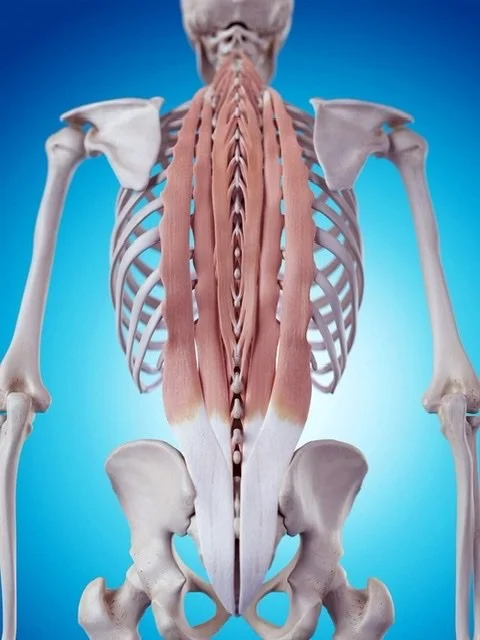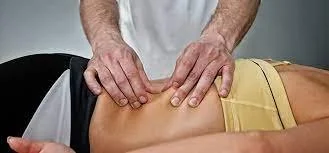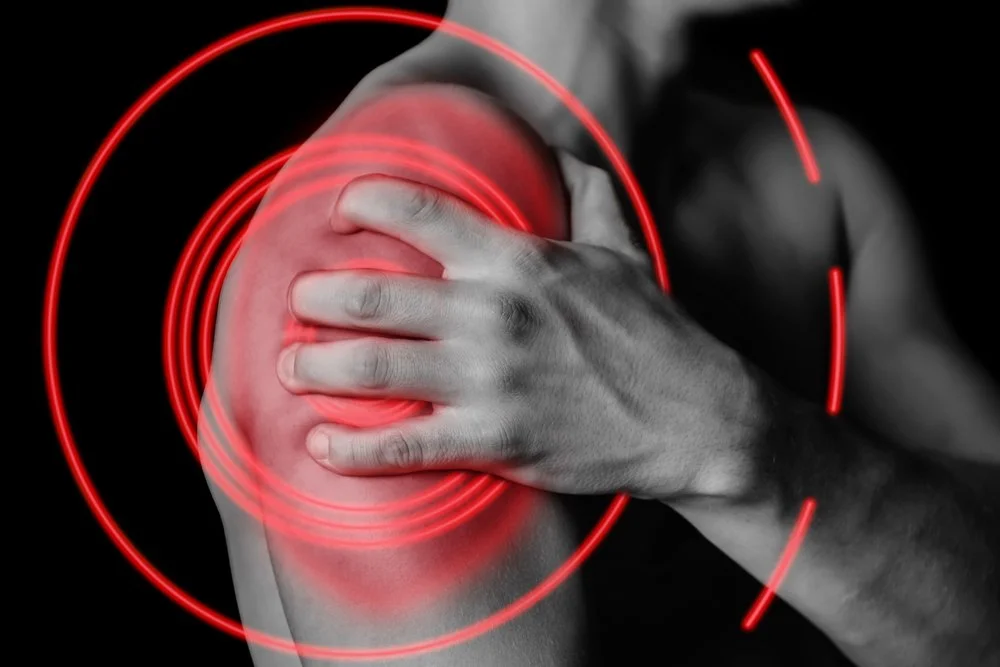-

Swedish Massage
Swedish massage is a whole-body therapeutic massage treatment that works the soft tissues and muscles to help restore health - creating a calming and balancing effect on the nervous system.
What are the benefits of Swedish massage?
The various Swedish massage techniques, created by the Father of Swedish Massage, Per Henrik Ling, are designed to improve your circulation, soothe your muscles and make you feel more relaxed.
Swedish massage therapy uses softer strokes on the bonier and more delicate parts of the body, and stronger strokes where there is thicker muscle coverage. This adjustment of pressure makes it an ideal massage for relaxation.
Best known for soothing tight muscles and boosting well-being, Swedish massage also offers a whole host of other health benefits, including:
-easing muscular strain by flushing out toxins
- improving blood circulation and blow flow throughout the body helping to keep ligaments and tendons supple and improving range of motion
-reducing emotional and physical stress, easing back pain and chronic pain.
-

Deep Tissue
Deep tissue massage therapy isn’t just a Swedish massage with deeper strokes or harder pressure. Deep tissue massages use firm pressure and slow strokes to massage deep layers of muscle and fascia, which is the connective tissue that surrounds your muscles.
Deep tissue massages are used to break up scar tissue and break down muscle adhesions (the “knots” that we feel in our muscles are muscle adhesions, which are bands of rigid and painful muscle tissue). These knots can inhibit our circulation and cause pain and inflammation.
When the massage begins, your massage therapist usually starts with lighter pressure to warm up your muscles and then works into deeper pressure.
WHAT ARE THE BENEFITS?
Deep tissue massages have benefits for both your physical and mental health. Any massage will have numerous benefits for the receiver, making them an an easy way to relax and treat your medical issues:
STRESS RELIEF
REDUCED PAIN
LOWERS BLOOD PRESSURE AND HEART RATE
BREAKS UP SCAR TISSUE & MAKES MOVEMENT EASIER
-

Sports Massge
Sports massage is a deep form of soft tissue mobilisation. A sports massage can be applied in a sporting and non-sporting context. Sports massage involves a wide range of techniques that include effleurage, kneading, wringing, hacking and trigger pointing. A sports massage is used for general relaxation of the muscular skeletal system as well as being directed towards any problem areas. Sports massage helps relieve muscular tension, break down adhesions, mobilise soft tissues and reduce pain.
Who should be treated?
Sports massages are not limited to athletes. Sports massage is an appropriate massage treatment for anyone who is in need of a remedial or soft tissue mobilisation. The remedial effects of sports massage are beneficial post-surgery, alongside physiotherapy, osteopathy or chiropractic, or as a health benefit within an office environment.
Within a sporting context, people who participate in sport can use a sports massage as a regular part of their training programme. Sports massage is also effective as a performance enhancement. Although the name implies a sporting clientele, it is a massage treatment appropriate to all.
-

Myofascial Release
Myofascial release is a hands-on approach to managing pain and discomfort. Now don’t expect a gentle massage with aromatherapy and pan flute music. Instead, myofascial release can be an intense experience. During a session, a massage therapist will massage, knead and gently stretch the muscles and fascia to work out knots. This bodywork technique also involves applying pressure to tight or sore areas to get them to relax. The pressure is applied with the therapist’s hands, elbows or a massage tool like a foam roller or a ball. You might feel sore afterward, but when the soreness subsides, you’ll feel a lot looser than you did before.
Benefits of myofascial release
When done regularly, you can:
Improve your range of motion.
Reduce soreness and help assist the tissue recovery process.
Help the body relax overall.
Improve circulation.
Release tension, knots and even stress.
-

A.R.T. (Active Release Technique)
Active Release Technique (ART) is a movement based massage technique which has shown to have great effect in conditions involving strains/ sprains and overuse conditions such as tendinopathy
